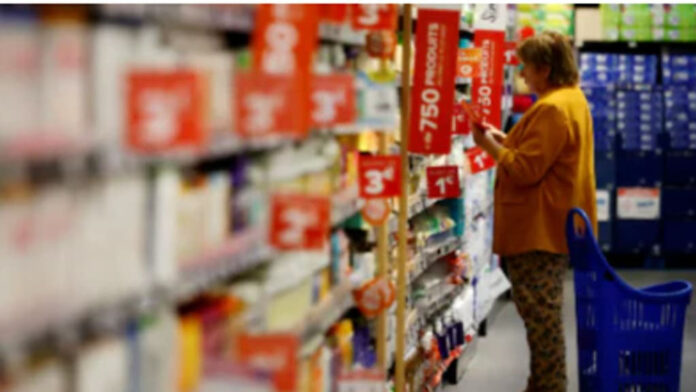NEW DELHI, Aug 28
As the quick commerce race heats up, online players are trying to scale up their revenues generated from orders processed by a single store on a daily basis, by increasing the gross order value (GOV) or average order value (AOV).
For instance, if a dark store has an AOV of Rs 1,000 and if they are doing 2,000 orders per day, then they mark a daily sale of Rs 20 lakh. If the same 2,000 orders continue, but if AOV goes to Rs 1,250, then revenue becomes Rs 25 lakh.
According to analysts, in quick commerce, the ability to increase margin beyond a point is relatively difficult, that’s why increasing GOV or AOV is key.
Analysts said that most players in the quick commerce sector are targeting a gross order value (GOV) throughput of Rs 15 lakh to Rs 20 lakh per day per store within the next 2 to 3 years. Blinkit’s GOV throughput per store has grown from about Rs 6 lakh per day per store a year ago to about Rs 10 lakh today. According to sources, it is already achieving Rs 18 lakh per day for its top 50 stores.
Similarly, Swiggy Instamart has also seen significant growth in its GOV throughput, though exact figures have not been disclosed. Zepto has also seen impressive growth in its GOV throughput. According to sources, the firm has around Rs 7 lakh throughput per store of 1,500 orders per day.
“Given the current growth trajectory and the aggressive expansion plans to increase their store count to 2,000 by 2026, it is feasible that many players can reach these targets by the end of 2026, particularly in high-density urban areas where demand for quick delivery is highest,” Somdutta Singh, angel investor and founder and CEO, Assiduus, said.
According to Statista, the quick commerce market in India is projected to grow by 24.33% annually between 2024-2029, reaching a market volume of $9951.00 million in 2029.
“The average monthly transacting users of quick commerce in India still stand at one-third of online food delivery and one-fourth of online mobility, indicating significant headroom for growth,” added Singh.
A rising GOV throughput signifies not only increased sales but also the effectiveness of marketing strategies and the ability to meet customer needs promptly. For instance, Blinkit’s GOV grew by 130% year-on-year, showcasing its rapid expansion and market penetration.
What’s interesting is legacy brands in the offline retail space typically see significantly lower throughput compared to e-commerce platforms like Blinkit. For instance, traditional grocery stores may average between Rs 1 lakh to Rs 3 lakh in daily sales per store, depending on location and operational efficiency. “This stark contrast highlights the competitive advantage that quick commerce platforms have in terms of leveraging technology and logistics to drive higher sales volumes in shorter time frames,” added Singh.
At present, the AOV for quick commerce is around Rs 500 for all players and to increase the value and thereby stay ahead of the competition, selling high-ticket products has become key. That’s the reason most players have been focusing heavily on category expansion, and going beyond food and beverage (F&B) and home essentials and introducing electronics, small appliances, beauty and personal care, toys, and stationery, among others.



























